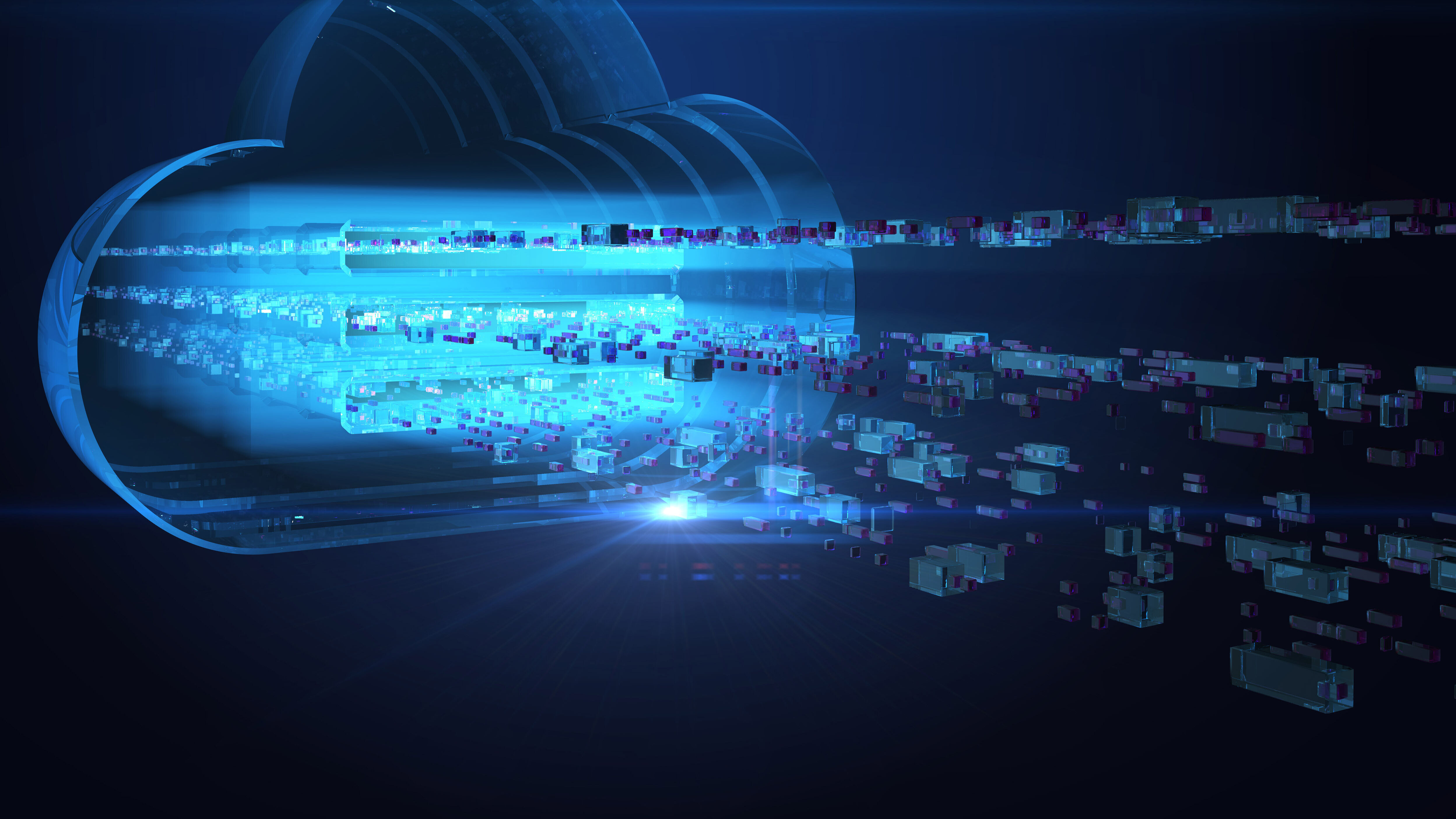Trends affecting security standards
Much has changed in the data communications sphere in the past 20 years. #MPLS connection was the standard until cloud entered the picture, creating a need for a more agile branch-to-branch connectivity to support the resulting rapid growth in bandwidth.
Then, #COVID19 happened. As the pandemic spread, the true value of cloud storage became clear. Internet became vital as workers were forced to work remotely to halt the spread of the disease. The new prominence of internet in daily business meant that better security was needed to protect data, spurring the deployment of #SDWAN connectivity.
Here we are now, post-pandemic. Businesses have survived and even thrived while the pandemic raged. Now we face new challenges. The business landscape is filled with new modes of business that we wouldn’t have imagined before COVID came along.
- Work-From-Anywhere is the new normal. The ability to work outside the office has prompted many workers to relocate to places where they want to live, rather than having to live near their work office. Excellent user experience is not only important, it is expected for a productive yet distributed workforce.
- Legacy solutions require time-consuming manual intervention, making it tough to scale to demands. Legacy architecture is not agile and does not scale to fit changing needs.
- As more businesses embrace a multi-cloud approach, network and security vulnerabilities expand.
- Users demand a reliable experience. During the pandemic, shopping and other functions normally done in person moved online. Businesses responded with seamless ordering and customer service functions and are now charged with keeping customers’ personal information secure.
- Cybersecurity is both more challenging and more important now that the workforce is distributed. There’s more opportunity for hacks that can negatively impact enterprises.
Business priorities and challenges
The impact of the cloud and the resulting employee mobility it offers has had a major impact on business, particularly in the past two years. While these innovations have had a beneficial effect on business, basically keeping companies afloat during the pandemic, they have also broadened the attack surface when it comes to cybersecurity. Traditional perimeter security strategies are often based on backhauling traffic from remote users to the on-premises security stack for inspection. This causes many problems:
• When users access cloud applications in this model, the traffic must take a winding path to flow through on-premises security tools, which can produce latency and negatively impact the user experience.
• When users access on-premises applications, the use of overly permissive, hardware-centric VPN solutions allow broad network access, cannot scale to meet spikes in demand, and can become targeted by attackers due to their visibility on the public internet.
• Whether accessing on-premises or cloud-based applications, the prevalence of employee-owned devices and third parties further hinders implementation of consistent security. As a result, security has become more difficult and less effective for many organizations.
Could SASE be the solution to better perimeter security? The letters stand for Secure Access Service Edge. SASE is a network architecture that combines WAN capabilities with cloud-native #security functions to deliver seamless work from anywhere supported by total security. If you’re interested in finding out more about this innovative solution, be on the lookout for part two of this special series on SASE or contact us to learn more.
